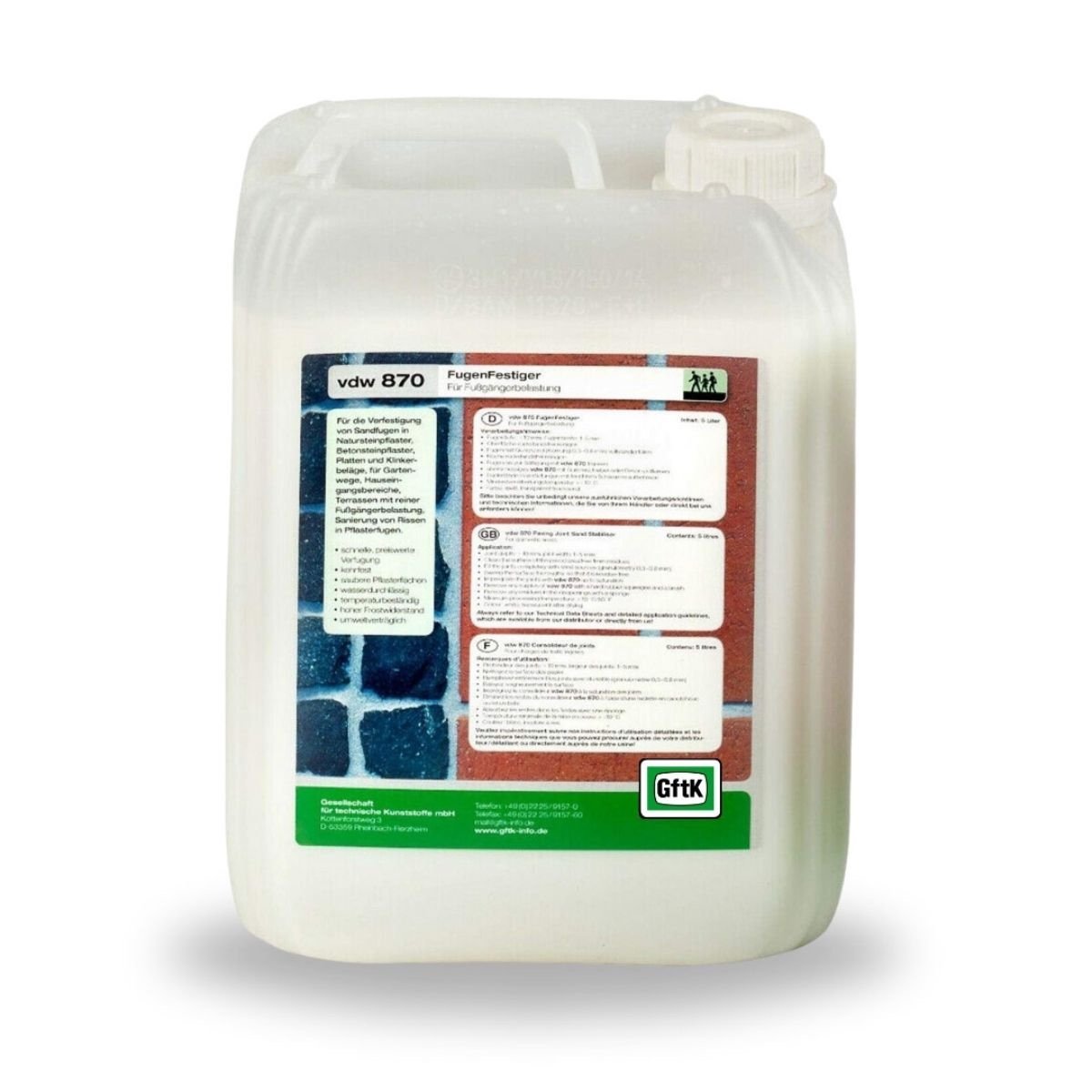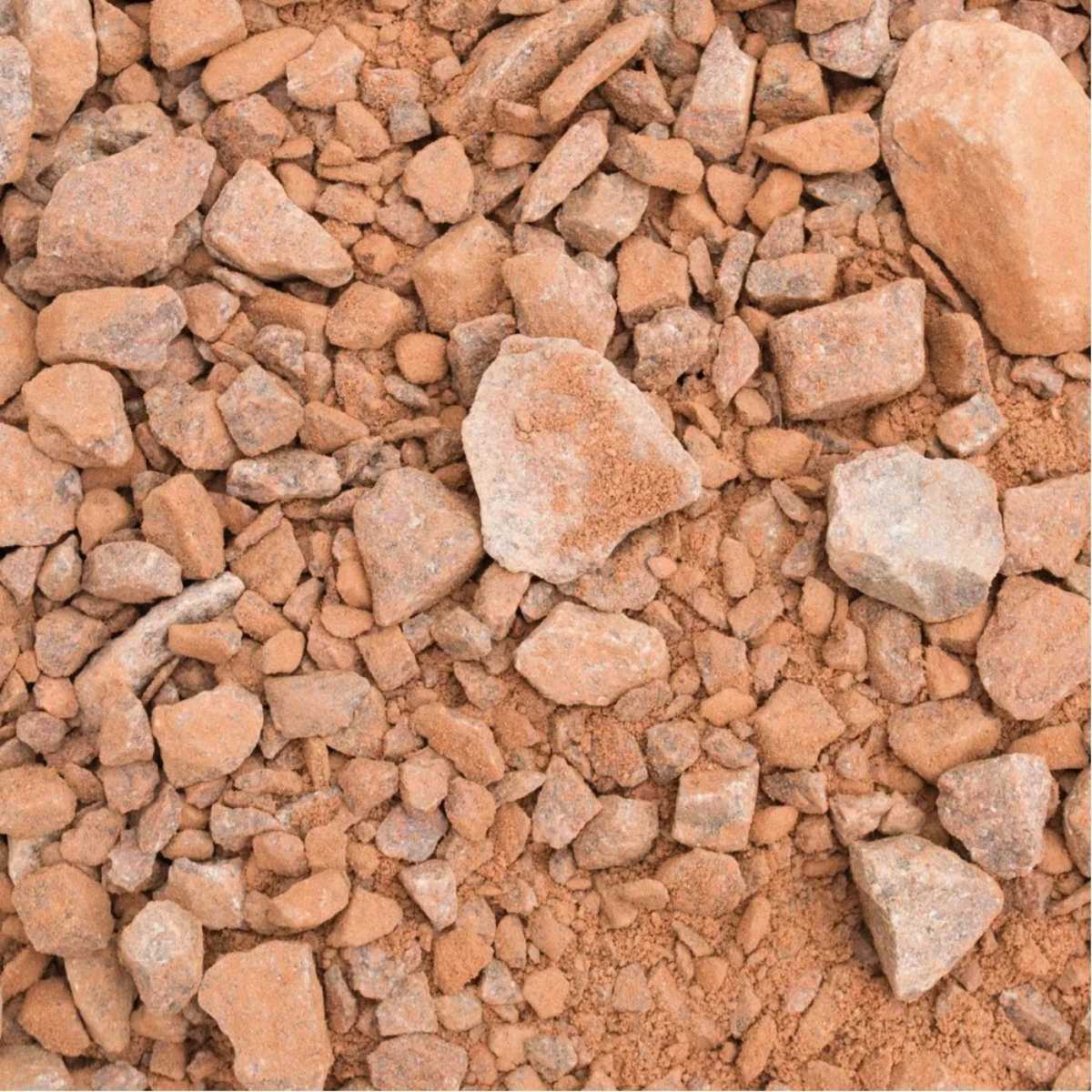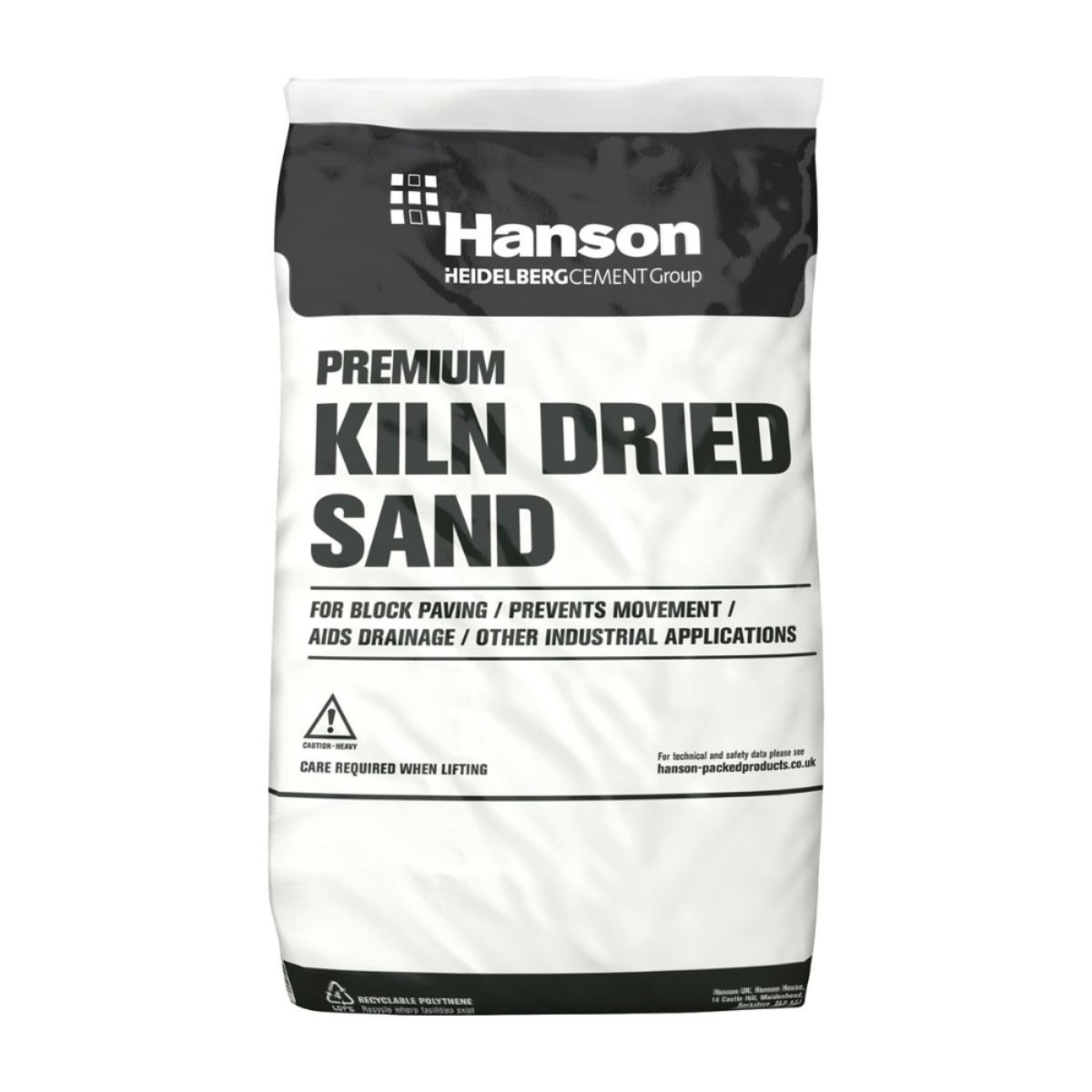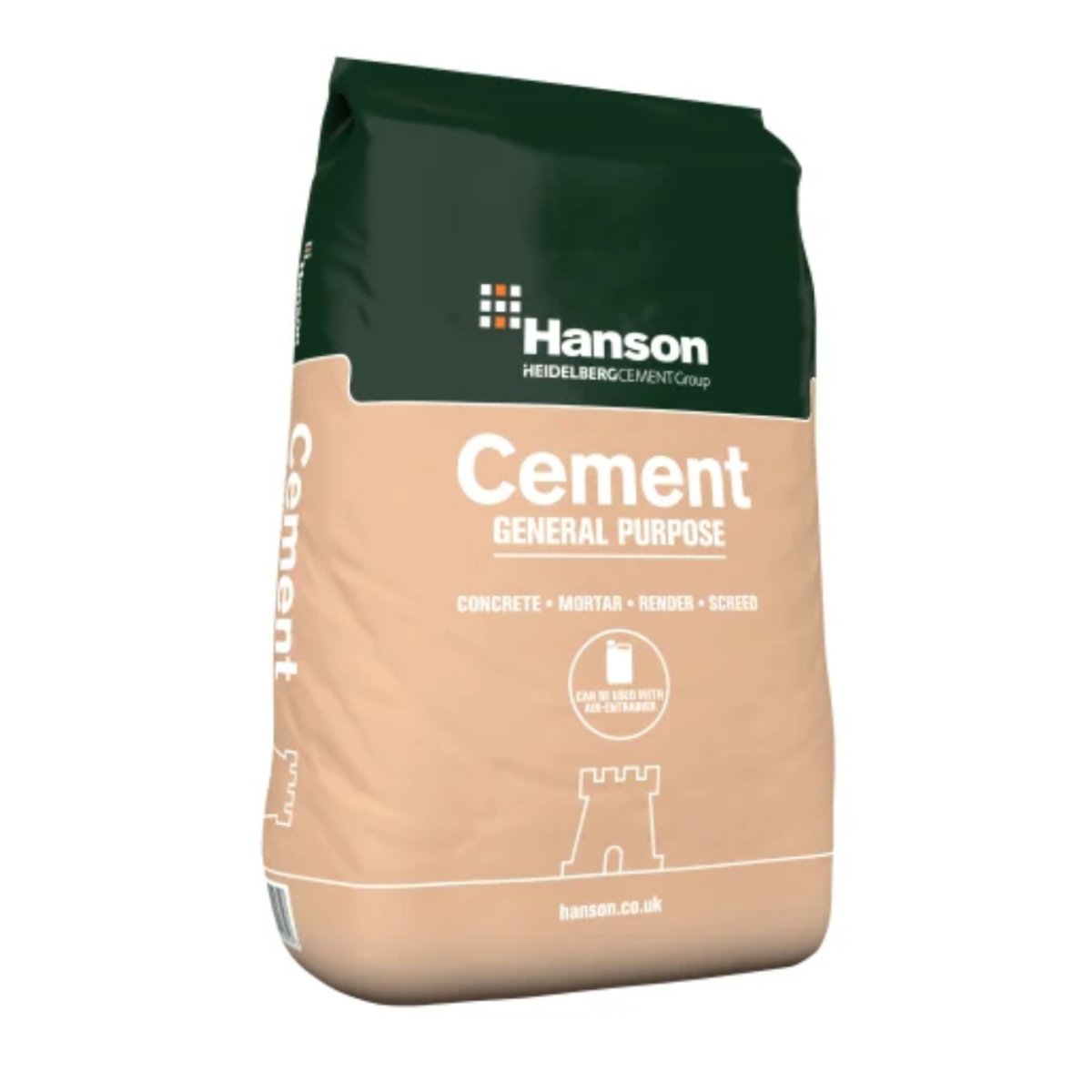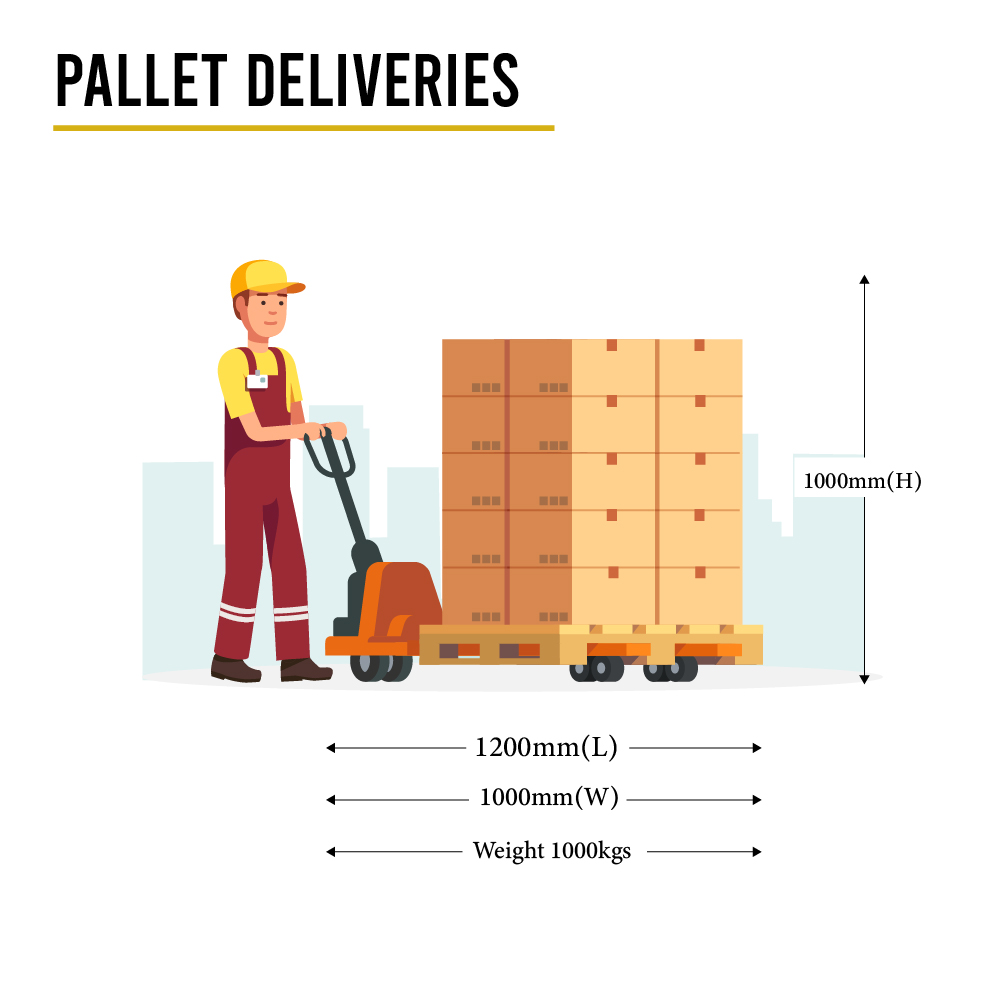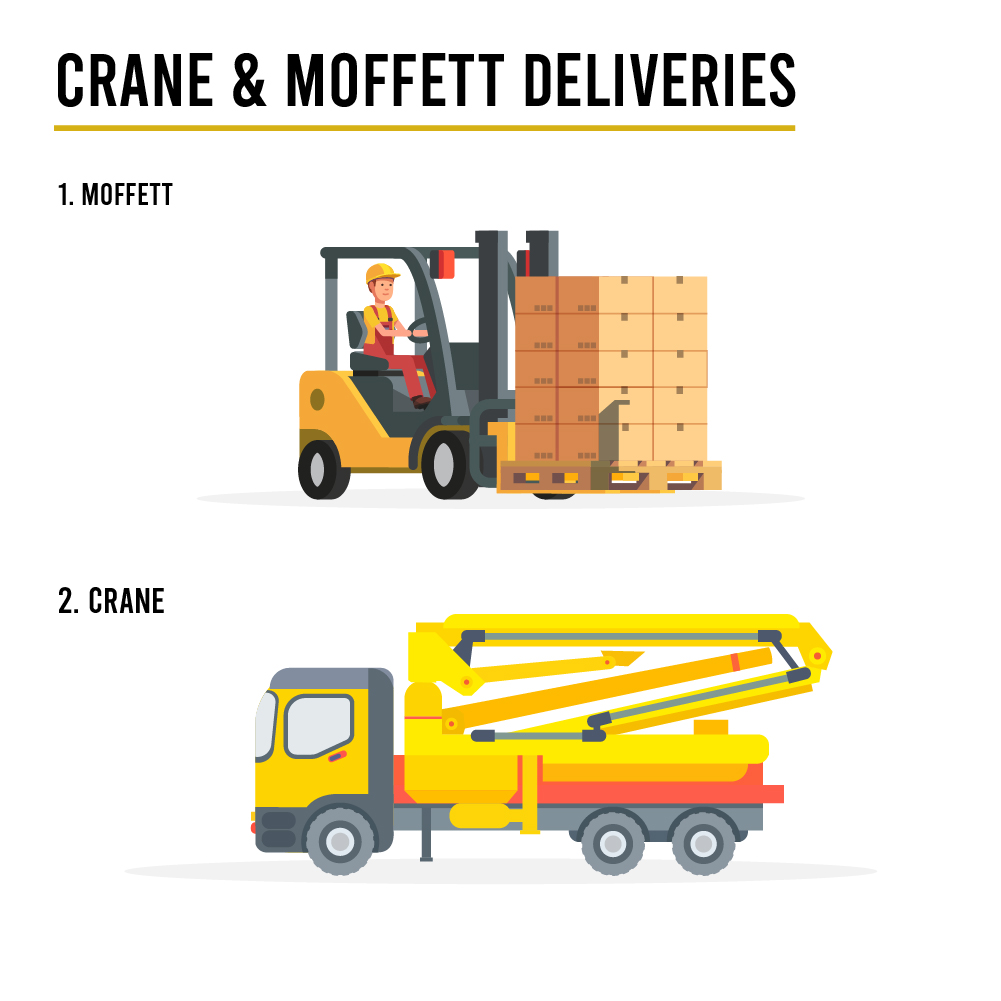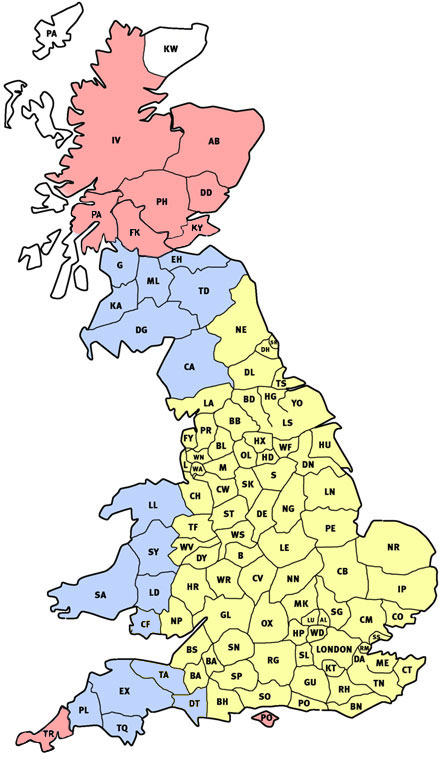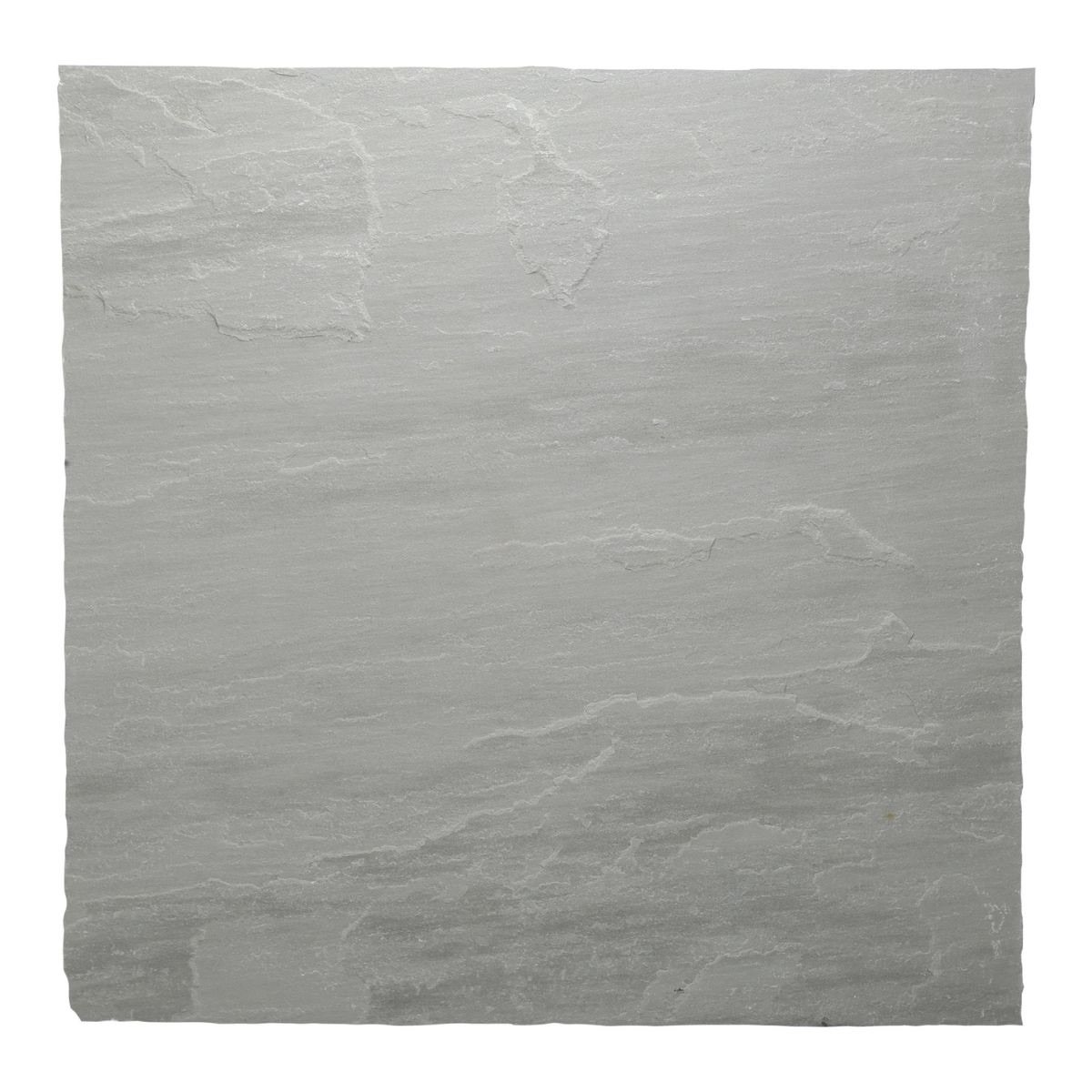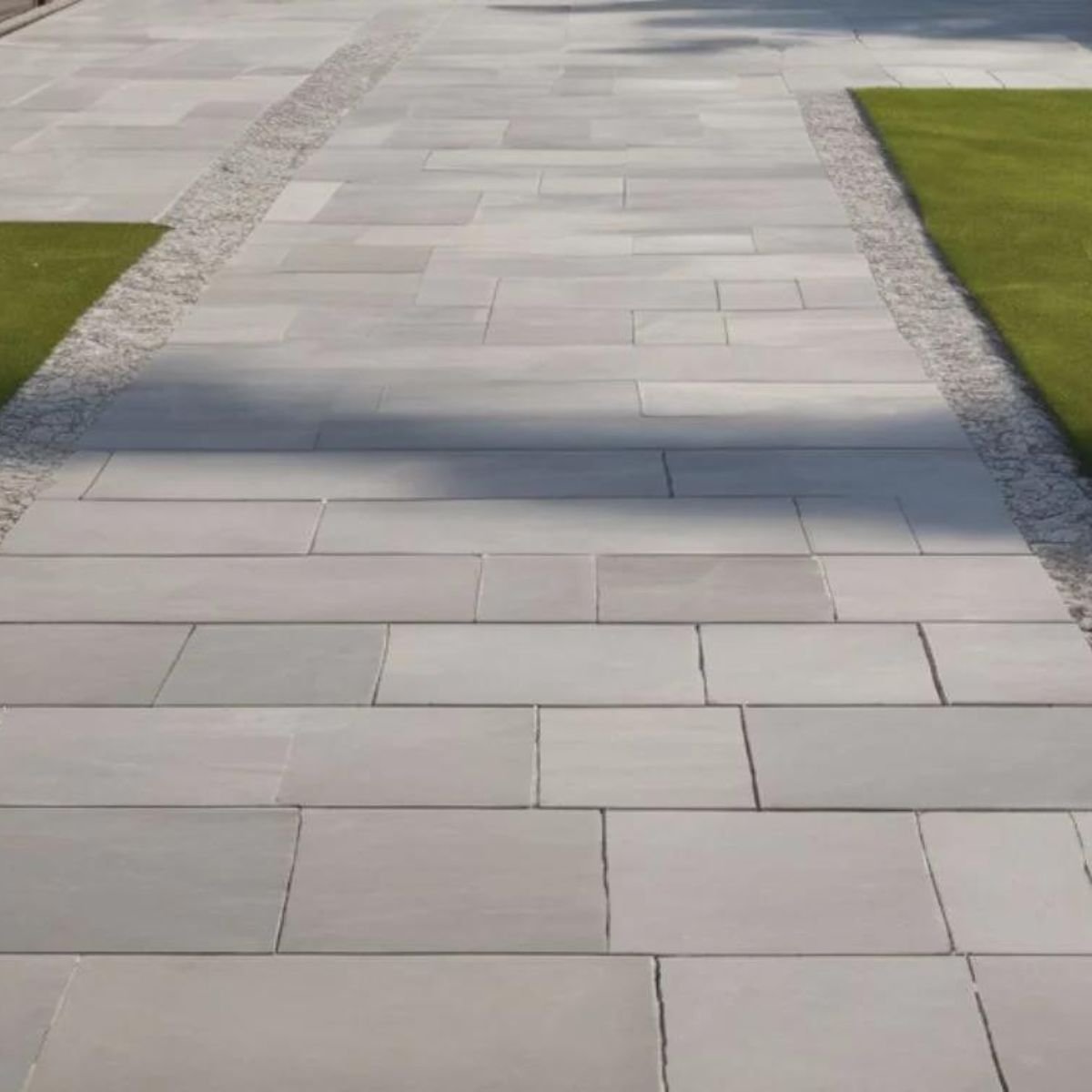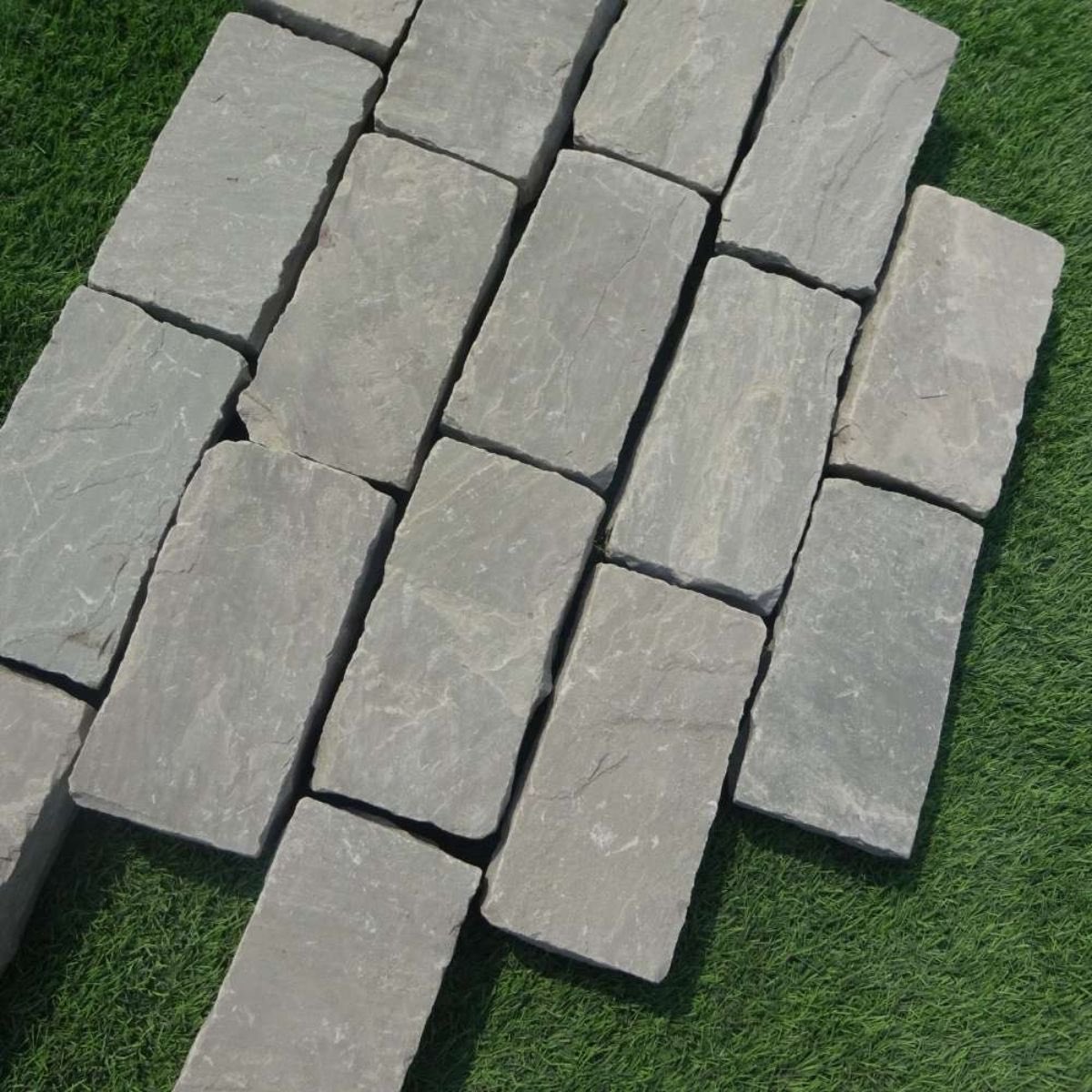Paving Superstore Sandstone 'Primary Linear Range' Kandla Grey BLOCK PAVING

Complete your project...
Starting at £120.00
Product Description
Paving Superstore's Primary Range Sandstone showcases the natural charm of weathered stone. Featuring a sawn edge, this paving suits both classic and modern gardens. The versatility of this product enables it to be laid in either linear styles or a herringbone pattern.
Kandla Grey Sandstone offers a gentle soft grey colour palette with occasional creamy buff tones.
Brand Information
Specialising in the supply of natural stone paving and facilitating the use of stone throughout the landscape and construction industries for 30 years, and now also offering many more products for garden and landscaping. Paving Superstore products are sourced directly from the best producers in the UK and overseas. Much of our paving is used in commercial settings such as town centres, public parks and shopping malls, but is now available for use in the domestic market for beautiful gardens. Our buildings and garden features are built by experts offering high quality products that conform to safety regulations and expected standards. All aggregate conforms to BS EN933-1 in regards to sieve test dimensions. All paving is CE marked with relevant declaration of performance supporting documents to guarantee suitability in the UK
Material Information
Sandstone Description:
Sandstone is a sedimentary rock that is formed by the accumulation of sand over time. The sandstone is then compressed and naturally bonded together by the weight of the overlying sand. This makes it an extremely strong and durable material that is ideal for paving, walling and garden features. Sandstone iks known for its beautiful colours that appear richer when wet and more pastel toned when dry. Each sandstone colourr range has a core group of colours and other complementary shades that tone in with the main colours. Depending upon the colour range chosen, the core colour balance will differ. Sandstone has a wide range of colour choices ranging from light cream, warm brown, light grey, pink tones though to darker charcoal colours.
Sandstone is also available in a range of different textures, often relying on secondary processing to achieve these finishes. These include:
Riven finish - Riven sandstone (also known as pitched face with walling products) has a naturally cleft, gently uneven surface texture with occasional ridges where the stone has naturally split across the natural bedding planes within the stone. The splitting process is typically done by hand, with skilled workers carefully selecting and shaping each piece of stone to create the desired size and shape. The result is a unique, natural-looking surface with a slightly rough and uneven texture. The riven surface of natural stone paving is highly desirable for its natural appearance, as it mimics the irregularities found in natural rock formations.
Antique, tumbled finish - Antique or Tumbled sandstone is a type of sandstone paving that has undergone a special manufacturing process to achieve a unique, weathered look. The process involves tumbling the sandstone in a machine with other stones, gravel, or steel bearings, which causes the stones to rub against each other and smooth out any sharp edges or corners. This creates a softer, more rounded appearance that mimics the natural weathering process. With a naturally riven finished sandstone, the tumbling process removes the newness of of the surface and edges of the stone to give a gentle riven texture and slightly rounds the edges of the stone to give the appearance of a stone that is much older than it actually is making it suitable for period homes where a new stone would look out of place.
Sawn sandstone - Sawn sandstone is sandstone that has been cut and shaped using a saw to give a sleek, clean cut appearance. It is a popular choice due to its smooth styling, durability and aesthetic appeal. Sawn sandstone is usually finished with a further process to provide a texture. This includes:
Smooth or Honed Sawn Sandstone - Honed sandstone paving is a type of sandstone that has firstly been sawn flat and then been smoothed or honed to create a flat, even surface. The honing process involves grinding the surface of the sandstone with abrasive tools to remove any rough spots or unevenness. This results in a smooth to the touch finish which is ideally suited to modern and contemporary style gardens.
Sandblasted or Shotblasted Sawn Sandstone - Sandblasted or shotblasted sawn sandstone is a type of sandstone that has firstly been sawn flat and then treated with high-pressure sand or shotblasting to create a stipple textured and slip resistant surface. This process involves shooting tiny abrasive particles, such as sand or steel shots, at the surface of the sawn sandstone under high pressure. This action roughens the surface of the sandstone and creates a textured finish.
Flamed Sawn Sandstone - Flamed sawn sandstone paving is a type of sandstone that has firstly been sawn flat and then subjected to high temperatures using a tool similar to a flame-thrower to create a unique water-weathered appearance and slip resistant surface. The process of producing flamed sawn sandstone involves exposing the surface of the stone to high heat, which causes the grains to expand and crack. The surface is then rapidly cooled with water, which causes the outer layer and softer minerals of the stone to flake off, creating a very natural looking weathered finish with occasional gentle ripples.
Tumbled Sawn Sandstone - This sandstone has been sawn and then tumbled to give it a weathered and aged appearance. The process of tumbling sawn sandstone involves placing the stone in a tumbler machine and then rotating it with water and small stones to wear down the surface and edges of the stone. This results in a natural-looking finish that is softer and more rounded than the sharp edges of sawn sandstone. This process sometimes causes imperfections along the edges, but overall gives a softer appearance.
Natural Stone Characteristics:
All natural stone products are unique and will vary in colour and texture, often showing distinctive markings, minor imperfections and may include mineral deposits such as iron and quartzite. Colours are pastel when dry and much richer in tone when wet. Sizes are approximate and may vary.

